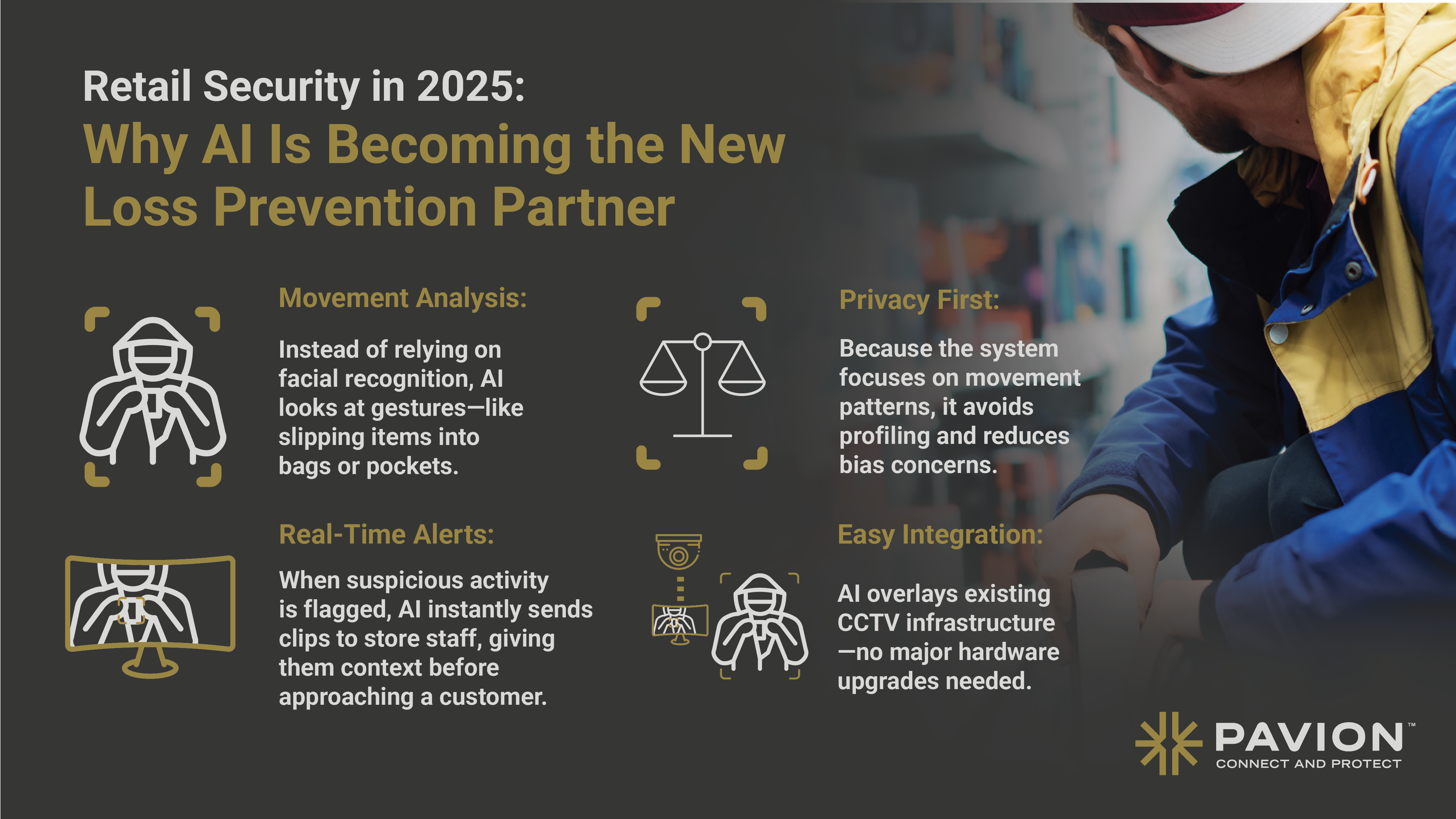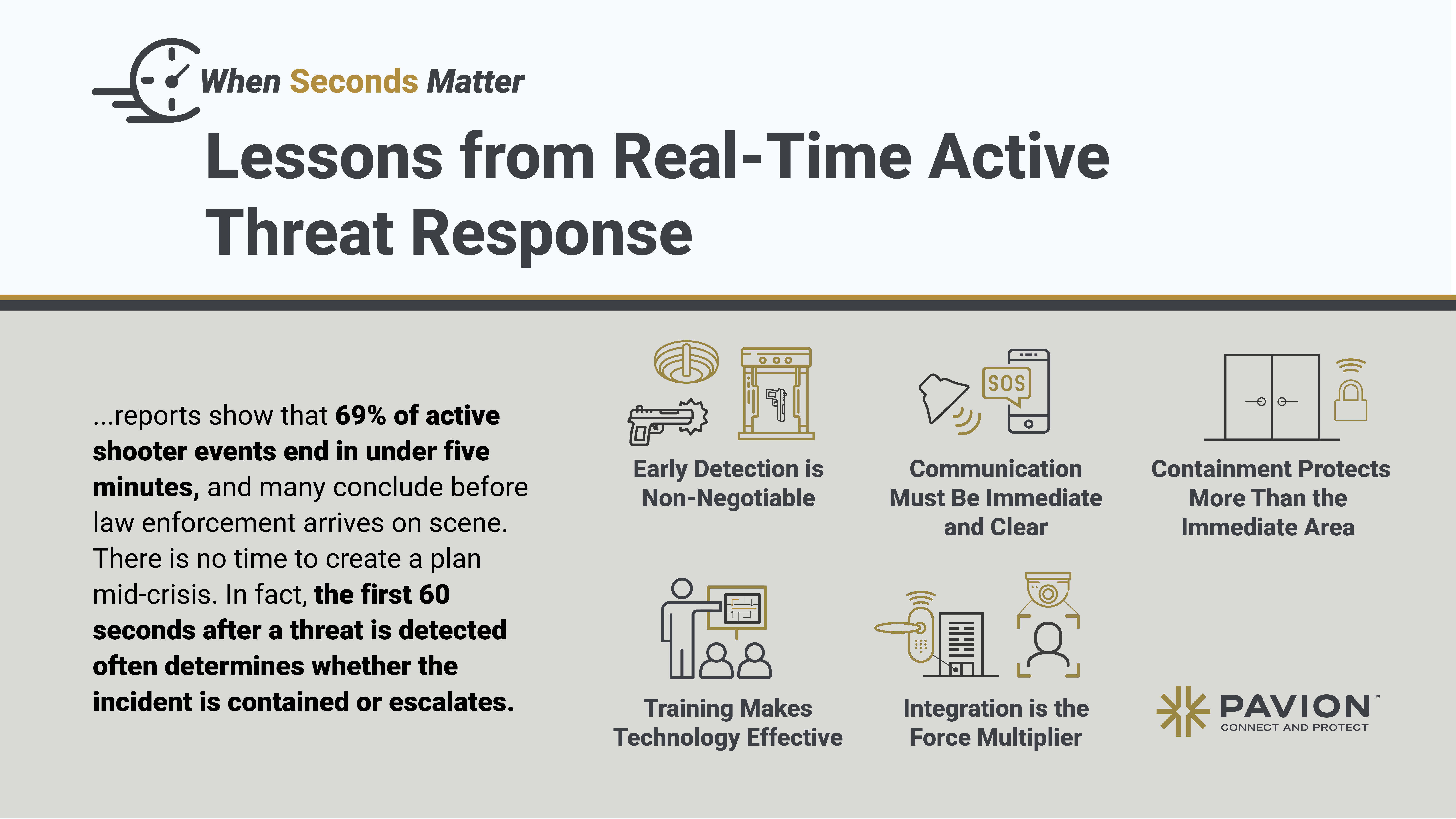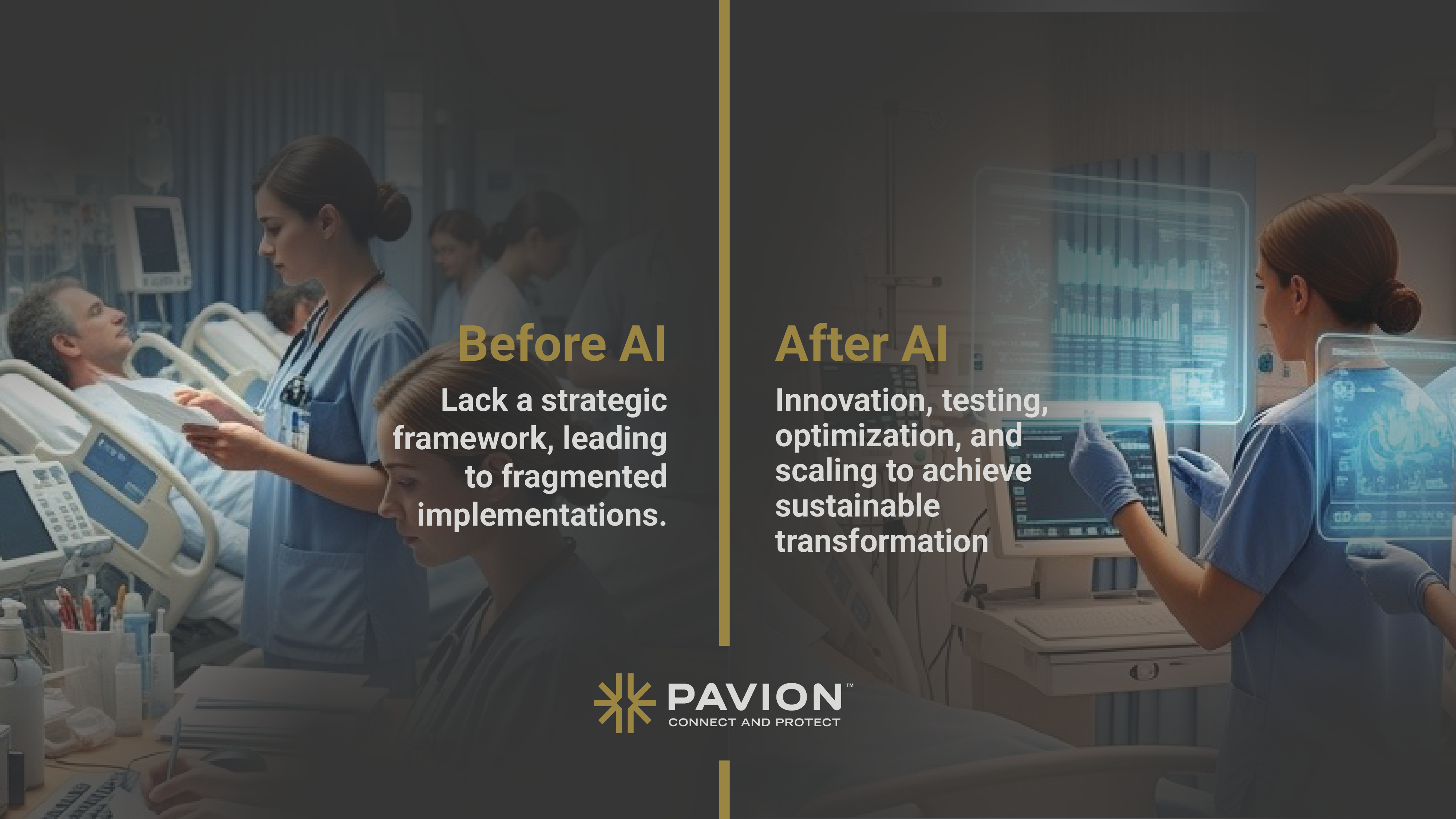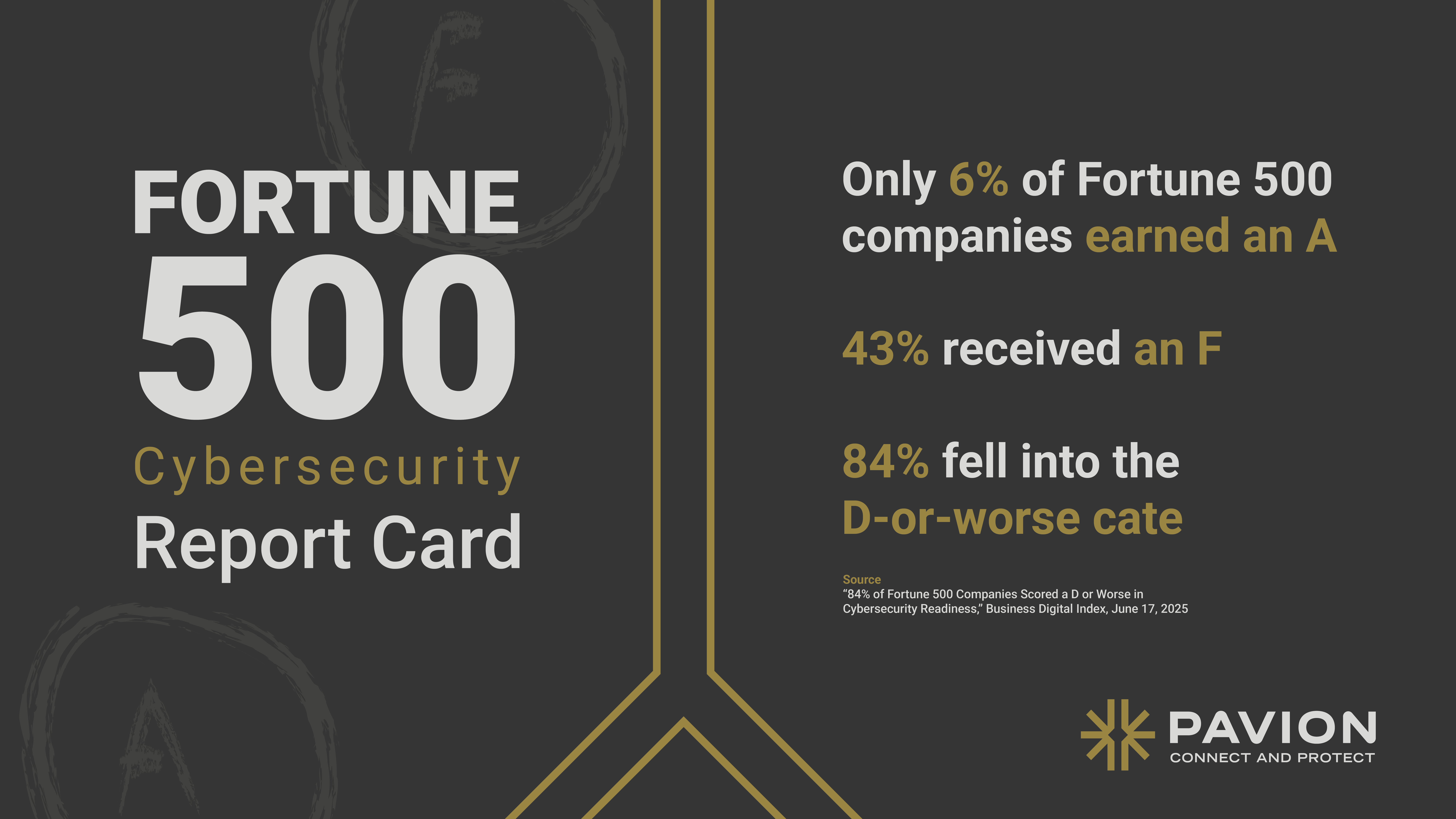
Retail Security in 2025: Why AI Is Becoming the New Loss Prevention Partner
A Growing Crisis in Retail
Retailers across the United States are grappling with one of the most significant challenges in decades. Organized retail crime and everyday shoplifting have surged, creating losses that now threaten profitability and long-term sustainability. In 2025, theft is no longer an operational inconvenience. It has become a business survival issue.
Margins in retail are already razor thin, and traditional loss prevention measures are struggling to keep pace with the speed, scale, and sophistication of theft. The result is a pressing need for smarter, more adaptable approaches.
Why Traditional Retail Security Falls Short
For years, retailers have leaned on familiar tools such as security guards, cameras, and locked displays. These approaches still play a role, but they are increasingly insufficient in isolation.
- Soaring shoplifting rates: Smaller retailers like Winters Market in Northern California report losses approaching $40,000 annually due to theft (CBS News). For many businesses, numbers like these represent the difference between staying open and closing their doors.
- Staffing challenges: Posting employees in every aisle or hiring additional security teams is neither practical nor financially feasible. Labor shortages add to the difficulty.
- Limited deterrence from legislation: Criminology studies consistently show that the likelihood of being caught is a stronger deterrent than the severity of punishment. This means legislation alone cannot solve the issue.
The reality is clear. Traditional security models are stretched beyond their limits, and retailers need tools that not only deter theft but also predict and prevent it.
The Rise of AI-Powered Security
Artificial intelligence is emerging as a transformative partner in the fight against retail crime. AI-driven systems integrate directly with existing camera networks and act as an intelligent filter, analyzing patterns of movement to detect suspicious activity in real time.
Key features of AI-powered security include:
- Movement Analysis: Rather than focusing on facial recognition, AI evaluates gestures such as concealing items or unusual lingering in aisles.
- Real-Time Alerts: Suspicious activity is flagged instantly, with video clips sent directly to staff for quick, informed decisions.
- Privacy First: By analyzing movement instead of personal characteristics, these systems reduce bias concerns and avoid profiling.
- Seamless Integration: AI overlays onto existing CCTV infrastructure, allowing retailers to modernize without massive hardware upgrades.
This shift allows stores to run continuous, intelligent monitoring without exhausting human staff or straining budgets.
Early Success Stories
Retailers that have embraced AI-based security are already seeing measurable benefits.
- Winters Market (California): After losing nearly $40,000 annually to theft, the store implemented AI monitoring. Staff now receive immediate alerts, enabling early intervention and reducing losses (CBS News).
- Laurel Ace Hardware (San Francisco): Reported a 50 percent drop in theft following AI adoption, a critical improvement that allowed the business to remain viable in a high-crime area (San Francisco Chronicle).
- High-Risk Categories: National retailers report shrink reduction of up to 60 percent in targeted sections such as health and beauty within just months of AI deployment (Business Insider).
These examples show that AI is not experimental technology. It is a proven, scalable solution delivering results in real retail environments.
Benefits Beyond Loss Prevention
AI security does more than reduce shrink. It creates a ripple effect of benefits for both businesses and communities.
- Loss Reduction: Shrinkage in vulnerable departments can drop by half or more.
- Improved Safety: Staff are alerted only when theft is likely, reducing unnecessary confrontations and improving workplace safety.
- Customer Confidence: A secure shopping environment reassures customers and encourages repeat visits.
- Law Enforcement Support: Time-stamped video evidence streamlines investigations and strengthens prosecutions.
- Margin Protection: Preventing theft directly contributes to stronger financial performance.
Why 2025 Marks a Turning Point
The adoption of AI in retail is accelerating because the business case is now undeniable. Retail crime is costing U.S. businesses more than $100 billion each year. With margins under pressure and operating costs rising, retailers cannot afford to treat AI as optional or futuristic.
In 2025, AI is becoming the standard for smart, scalable security. For many businesses, it is the difference between continued operation and closure.
The Bigger Picture
Retailers do not have to navigate this shift alone. Integrators, technology providers, and solution partners are helping businesses align AI with their broader security and operational strategies. By pairing AI-driven surveillance with access control, intrusion detection, and fire and life safety systems, organizations can move toward a truly connected approach to protection.
The future of retail security is not just about catching theft after it happens. It is about creating environments where customers feel safe, staff feel supported, and losses are systematically reduced. AI is no longer a futuristic add-on. It is a core part of modern retail resilience.day and discover how AI-driven solutions can protect your store, reduce losses, and create a safer shopping environment.



